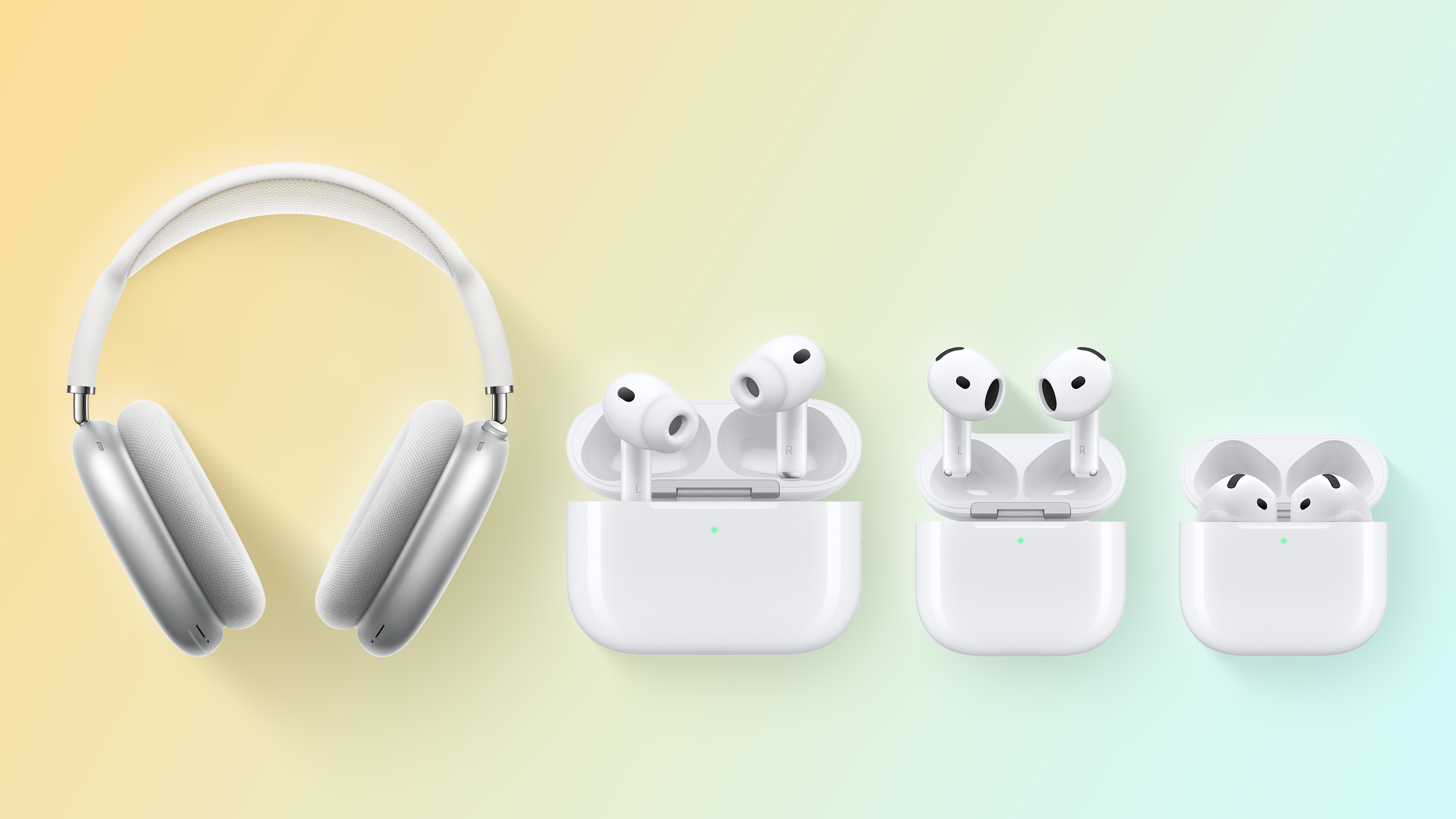Apple's 2026 Home Hub Could Cost $350
Apple is aiming to launch a new home hub and indoor security camera in 2026, with a tabletop robot coming in 2027, reports Bloomberg.
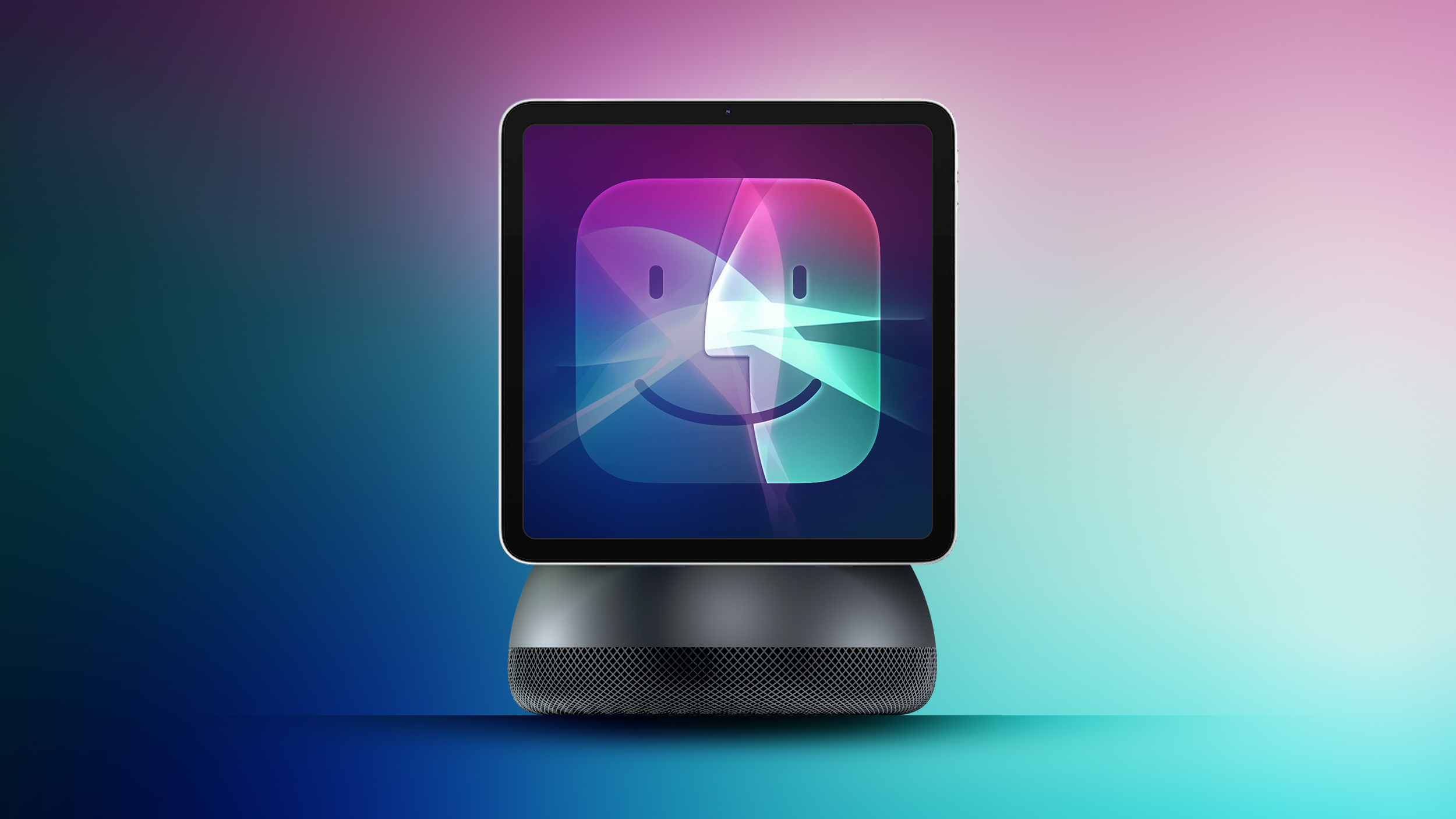
The home hub has an iPad-like 7-inch display, and it will be able to run apps and control smart home devices. There are apparently two versions in the works, one that is designed to be mounted on the wall, and a second tabletop model. The tabletop home hub has a speaker base that "resembles a screen-equipped version of the HomePod mini."
Both versions of the home hub will include a FaceTime camera for video calls, and sensors to recognize the person that's using it. It will be able to differentiate between different members of the household, adjusting available apps and features for each person.
Apple could charge around $350 for the home hub, which would make it much more expensive than competing products like the Amazon Echo Show, and it would be $50 more than the full-sized HomePod. Apple's operations teams are said to be looking at ways to cut the cost, so it's possible the device could be more affordable at launch. If not, costs may come down for future versions.
Apple's home hub has been finished since last year. Apple wanted to launch it in March 2025, but ended up pushing it back because the more advanced version of Siri wasn't ready to go. An updated Siri built using next-generation architecture will be ready to go in March 2026, and after that, Apple will be free to launch the home hub.
An Apple-designed security camera that integrates with the home hub could be released as soon as late 2026, and a full tabletop robot is slated for 2027. The robot is similar in design to the home hub, but it includes a 9-inch display and a motorized arm that can move the screen around on a user's workspace. The robot will cost several hundred dollars because of the included components.
Apple is planning to manufacture its upcoming smart home devices in Vietnam in a continuing effort to reduce its reliance on manufacturing in China. According to Bloomberg, Apple normally manufactures devices in a new product category in China to start with, but this time around, it will work with BYD in Vietnam. BYD is a Chinese company that makes electric vehicles, and Apple reportedly worked with BYD on battery technology before the Apple Car was scrapped.
BYD will be in charge of final assembly, testing, and packaging for the home hub and the tabletop robot. Apple has been expanding manufacturing in Vietnam for the last several years, and some iPads, AirPods, Apple Watches, and Macs are assembled there.
This article, "Apple's 2026 Home Hub Could Cost $350" first appeared on MacRumors.com
Discuss this article in our forums

The home hub has an iPad-like 7-inch display, and it will be able to run apps and control smart home devices. There are apparently two versions in the works, one that is designed to be mounted on the wall, and a second tabletop model. The tabletop home hub has a speaker base that "resembles a screen-equipped version of the HomePod mini."
Both versions of the home hub will include a FaceTime camera for video calls, and sensors to recognize the person that's using it. It will be able to differentiate between different members of the household, adjusting available apps and features for each person.
Apple could charge around $350 for the home hub, which would make it much more expensive than competing products like the Amazon Echo Show, and it would be $50 more than the full-sized HomePod. Apple's operations teams are said to be looking at ways to cut the cost, so it's possible the device could be more affordable at launch. If not, costs may come down for future versions.
Apple's home hub has been finished since last year. Apple wanted to launch it in March 2025, but ended up pushing it back because the more advanced version of Siri wasn't ready to go. An updated Siri built using next-generation architecture will be ready to go in March 2026, and after that, Apple will be free to launch the home hub.
An Apple-designed security camera that integrates with the home hub could be released as soon as late 2026, and a full tabletop robot is slated for 2027. The robot is similar in design to the home hub, but it includes a 9-inch display and a motorized arm that can move the screen around on a user's workspace. The robot will cost several hundred dollars because of the included components.
Apple is planning to manufacture its upcoming smart home devices in Vietnam in a continuing effort to reduce its reliance on manufacturing in China. According to Bloomberg, Apple normally manufactures devices in a new product category in China to start with, but this time around, it will work with BYD in Vietnam. BYD is a Chinese company that makes electric vehicles, and Apple reportedly worked with BYD on battery technology before the Apple Car was scrapped.
BYD will be in charge of final assembly, testing, and packaging for the home hub and the tabletop robot. Apple has been expanding manufacturing in Vietnam for the last several years, and some iPads, AirPods, Apple Watches, and Macs are assembled there.
Tags: Apple Command Center, Apple Robot
This article, "Apple's 2026 Home Hub Could Cost $350" first appeared on MacRumors.com
Discuss this article in our forums
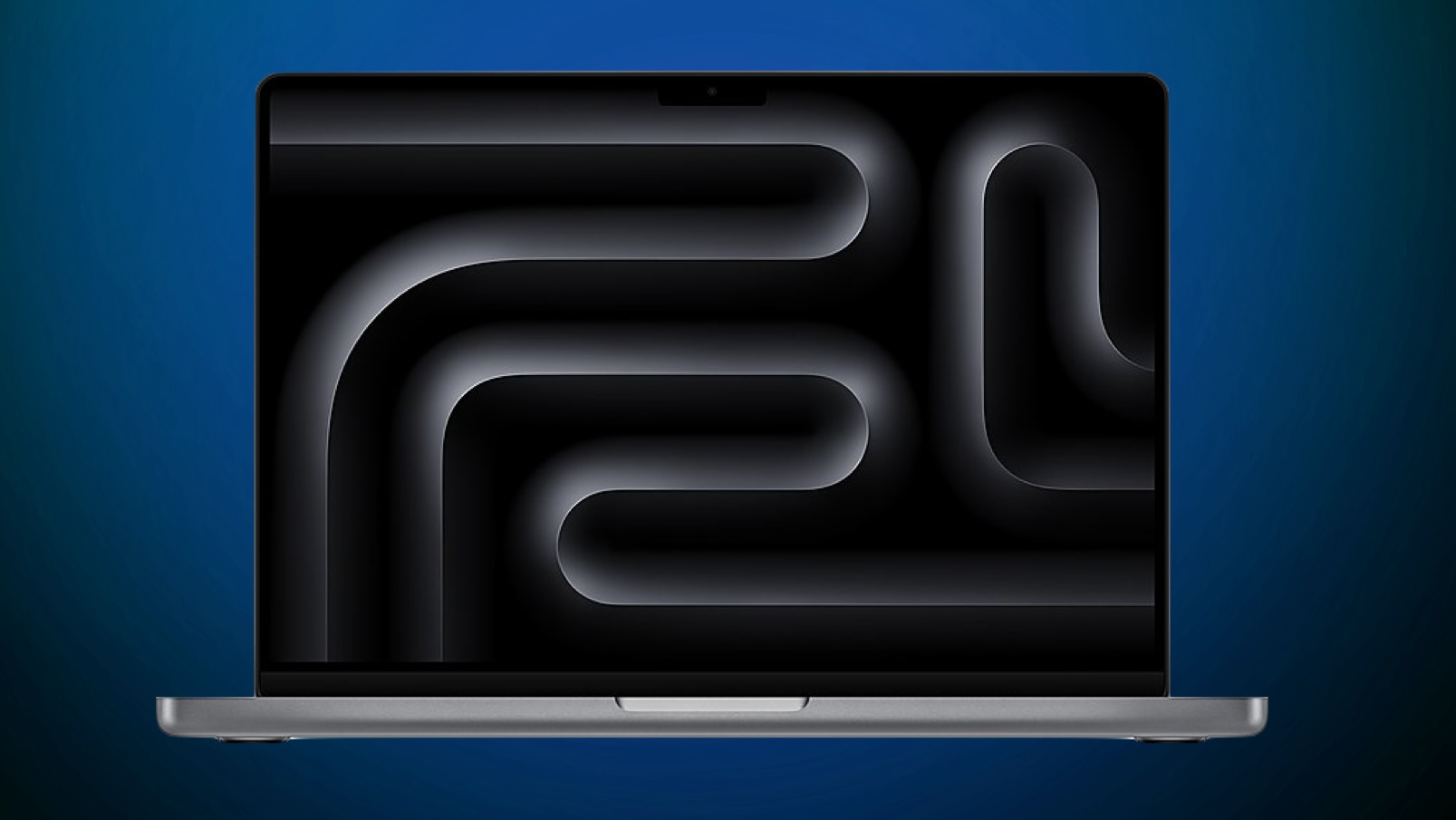


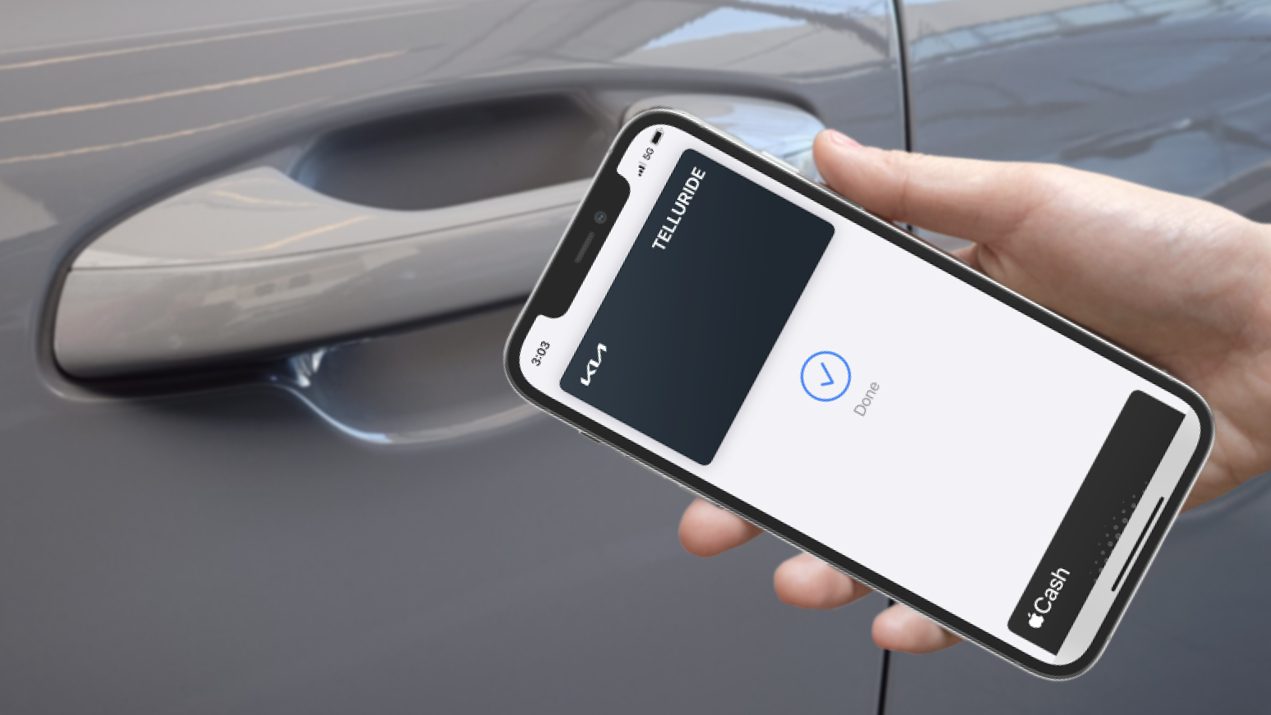


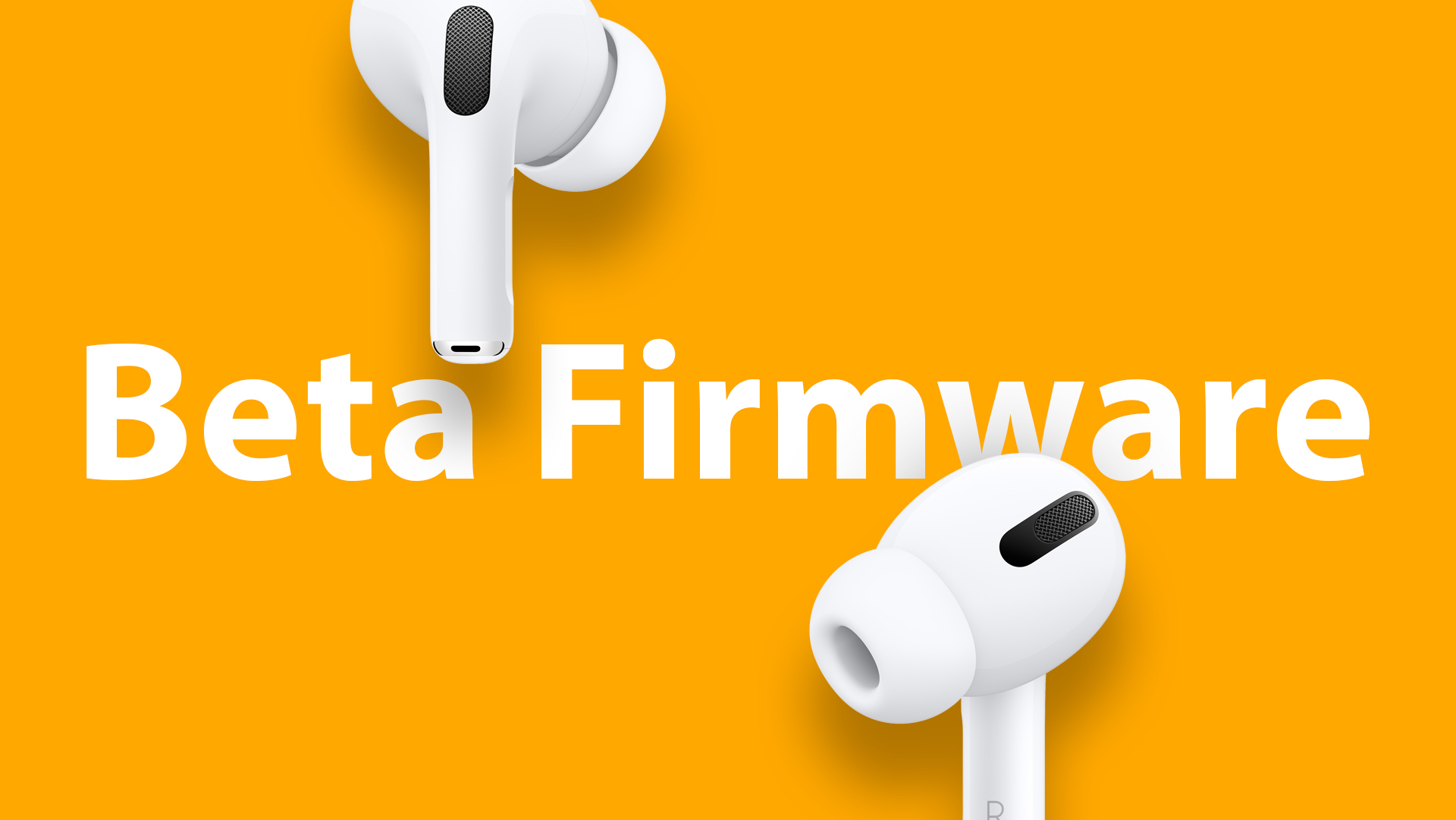

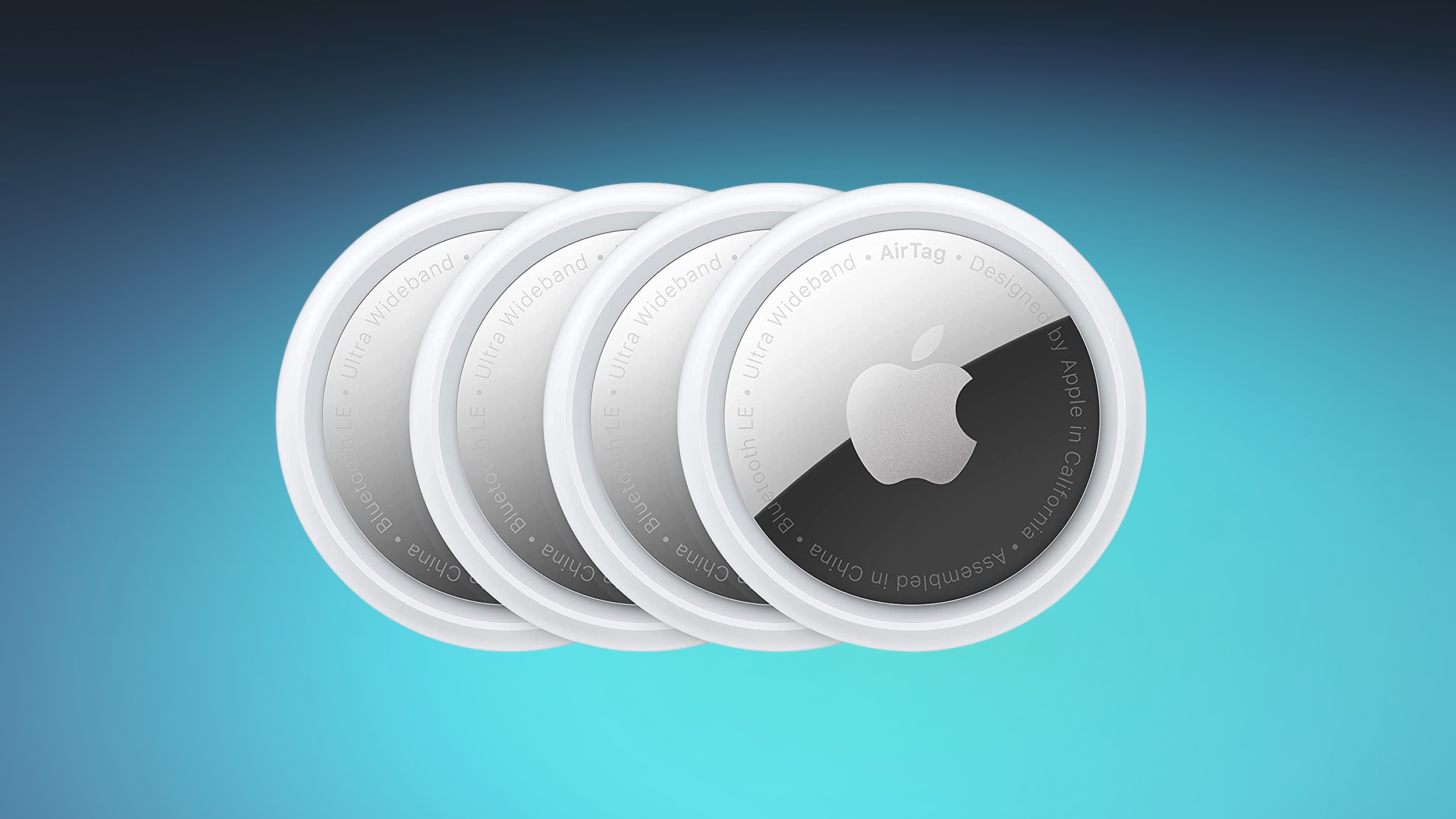 Note: MacRumors is an affiliate partner with Amazon. When you click a link and make a purchase, we may receive a small payment, which helps us keep the site running.
Note: MacRumors is an affiliate partner with Amazon. When you click a link and make a purchase, we may receive a small payment, which helps us keep the site running.
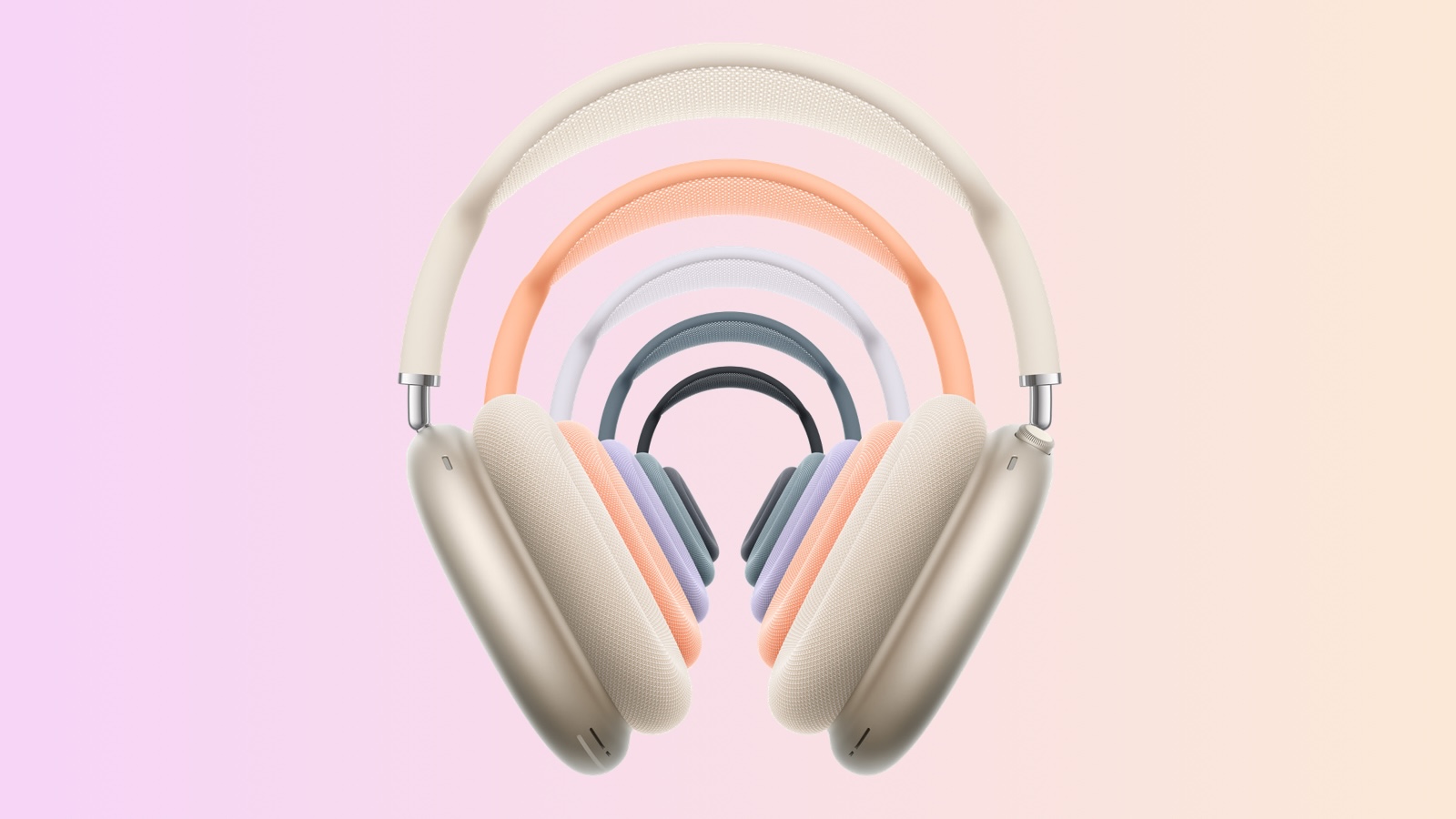
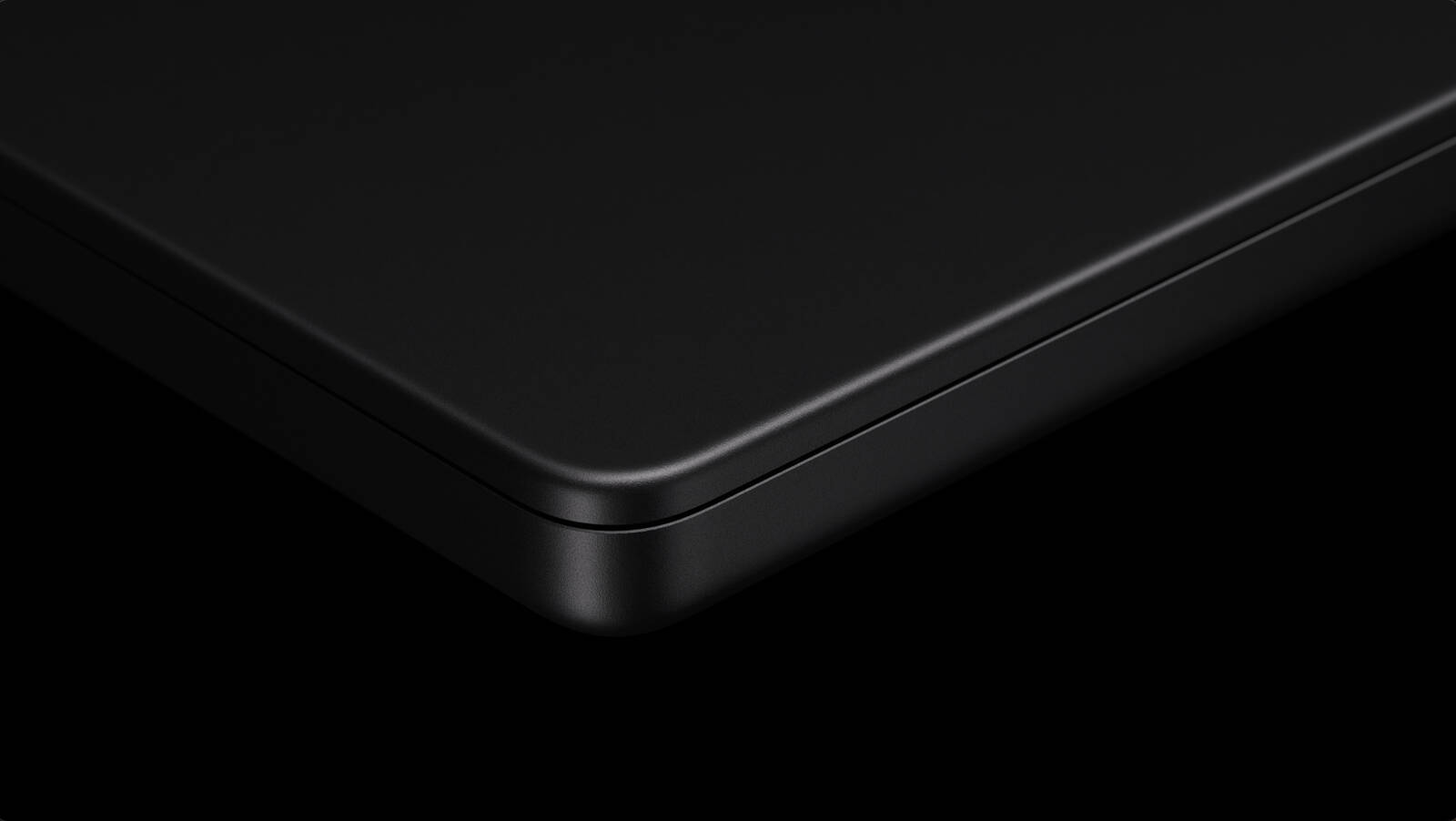
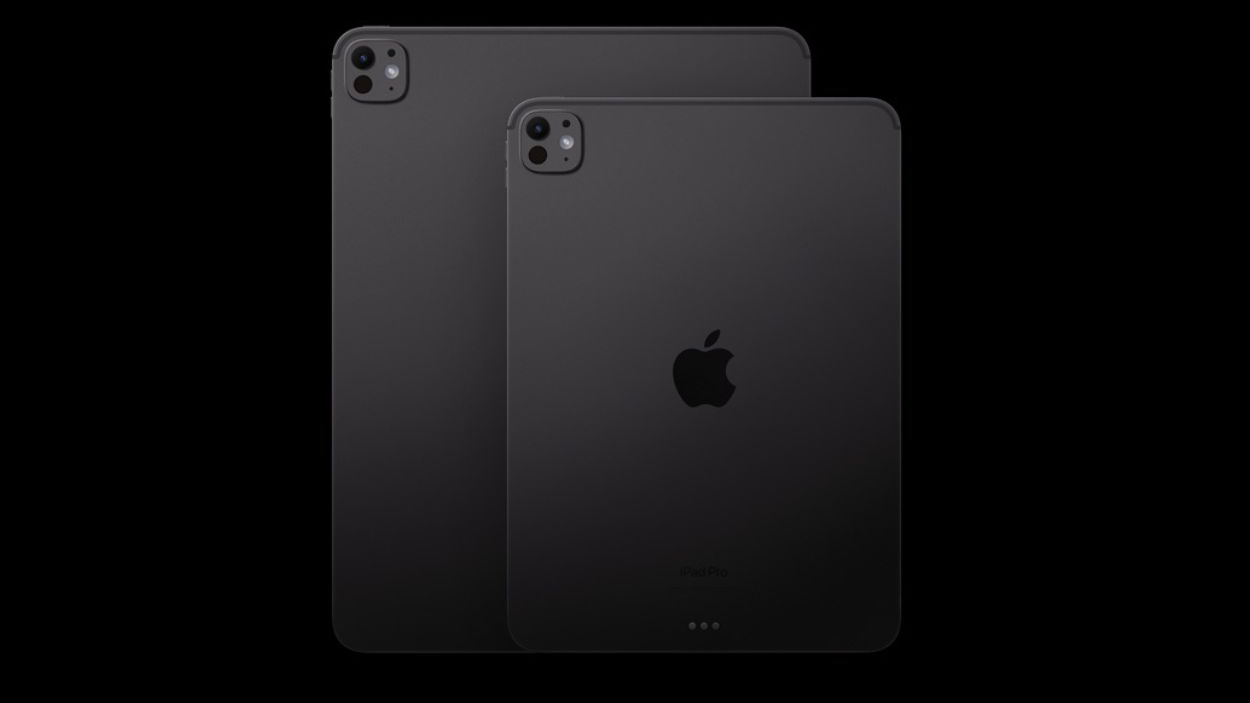
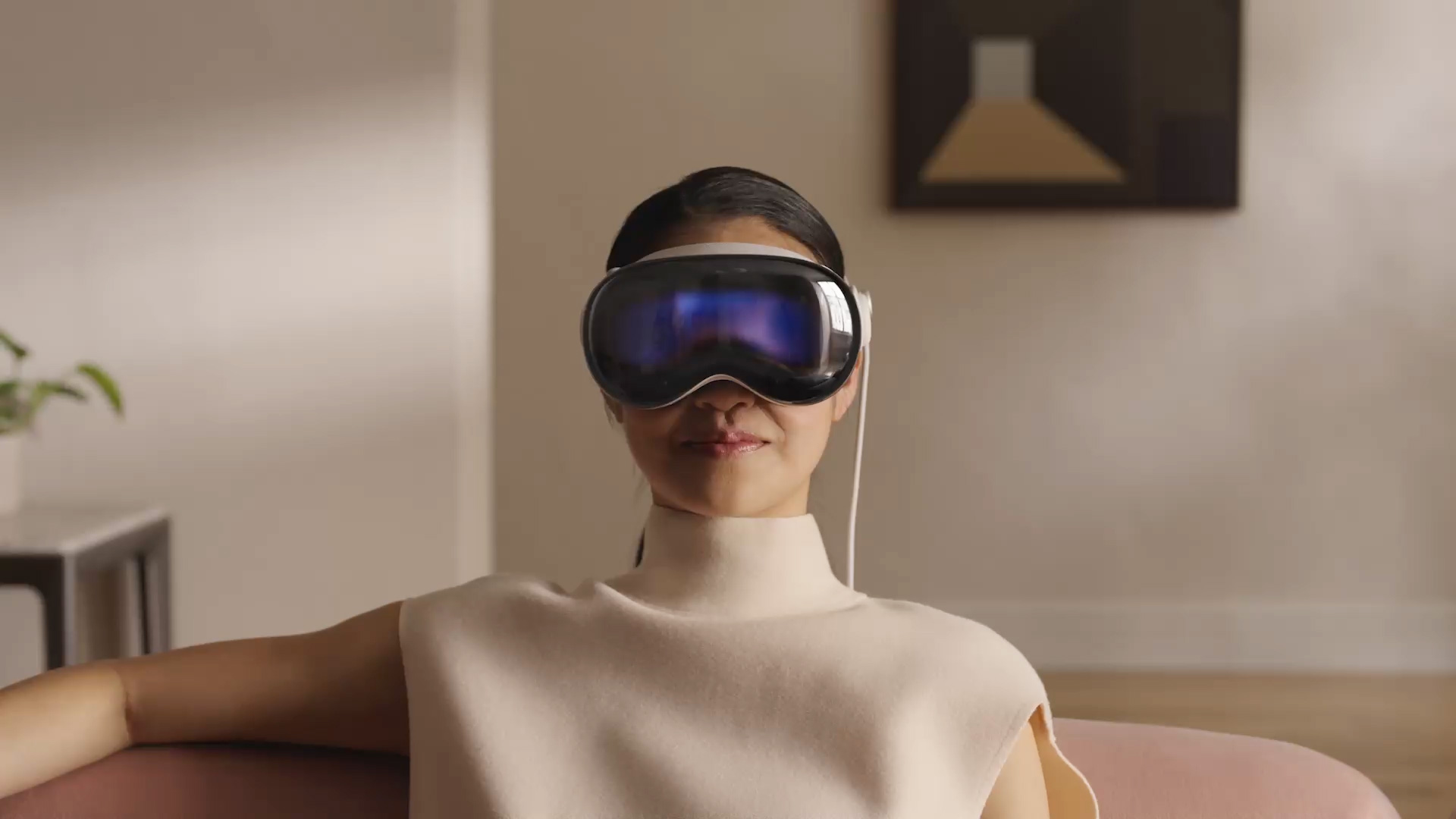
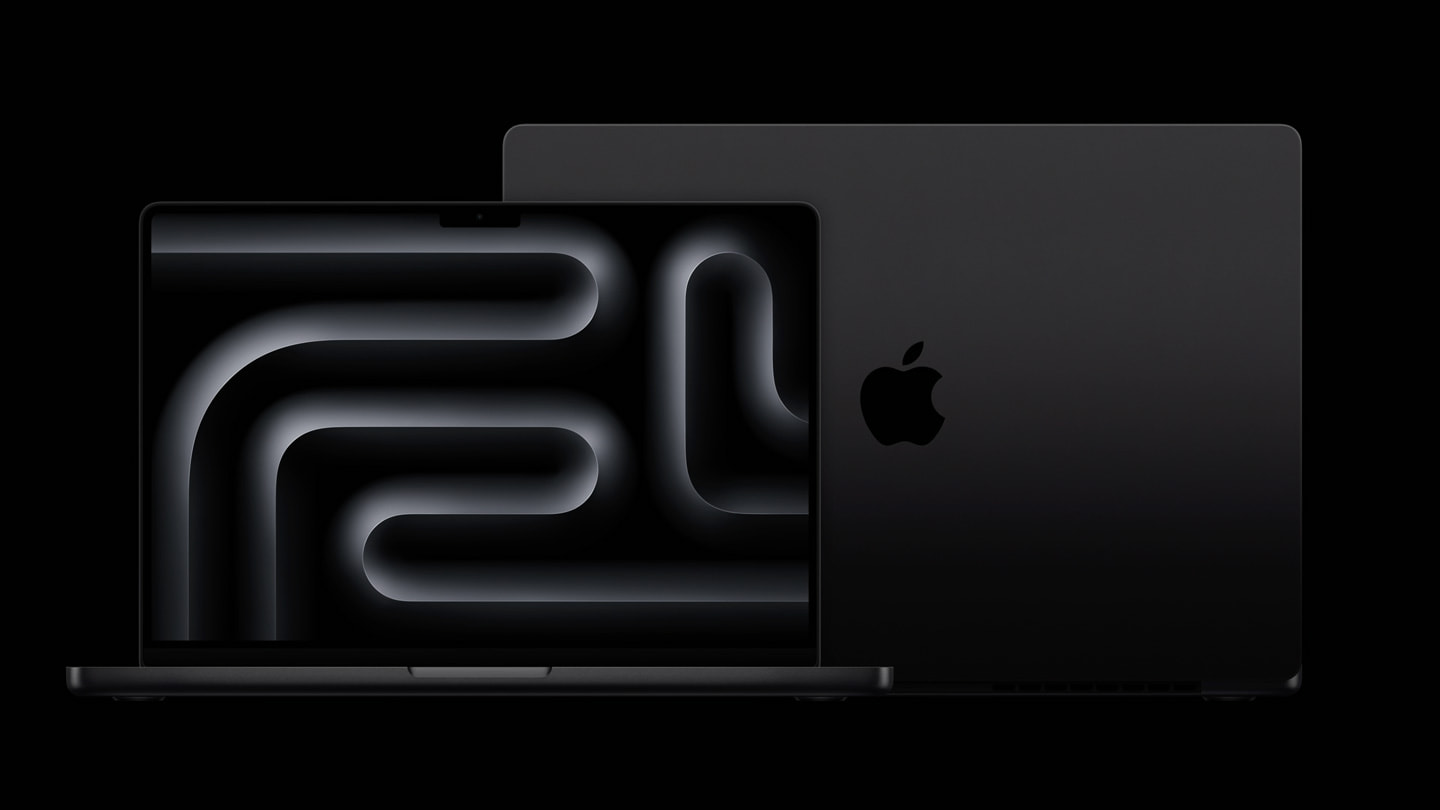

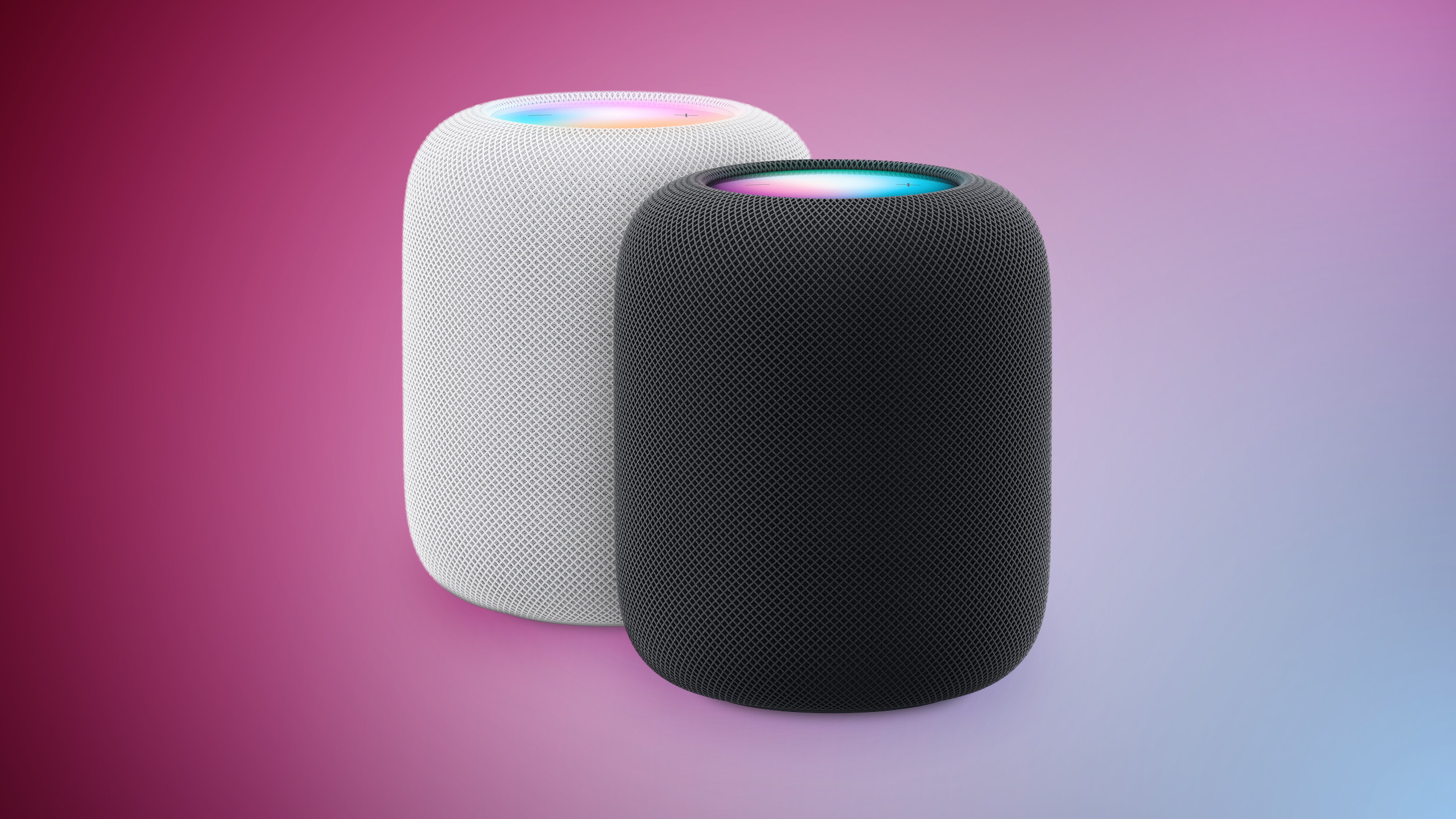


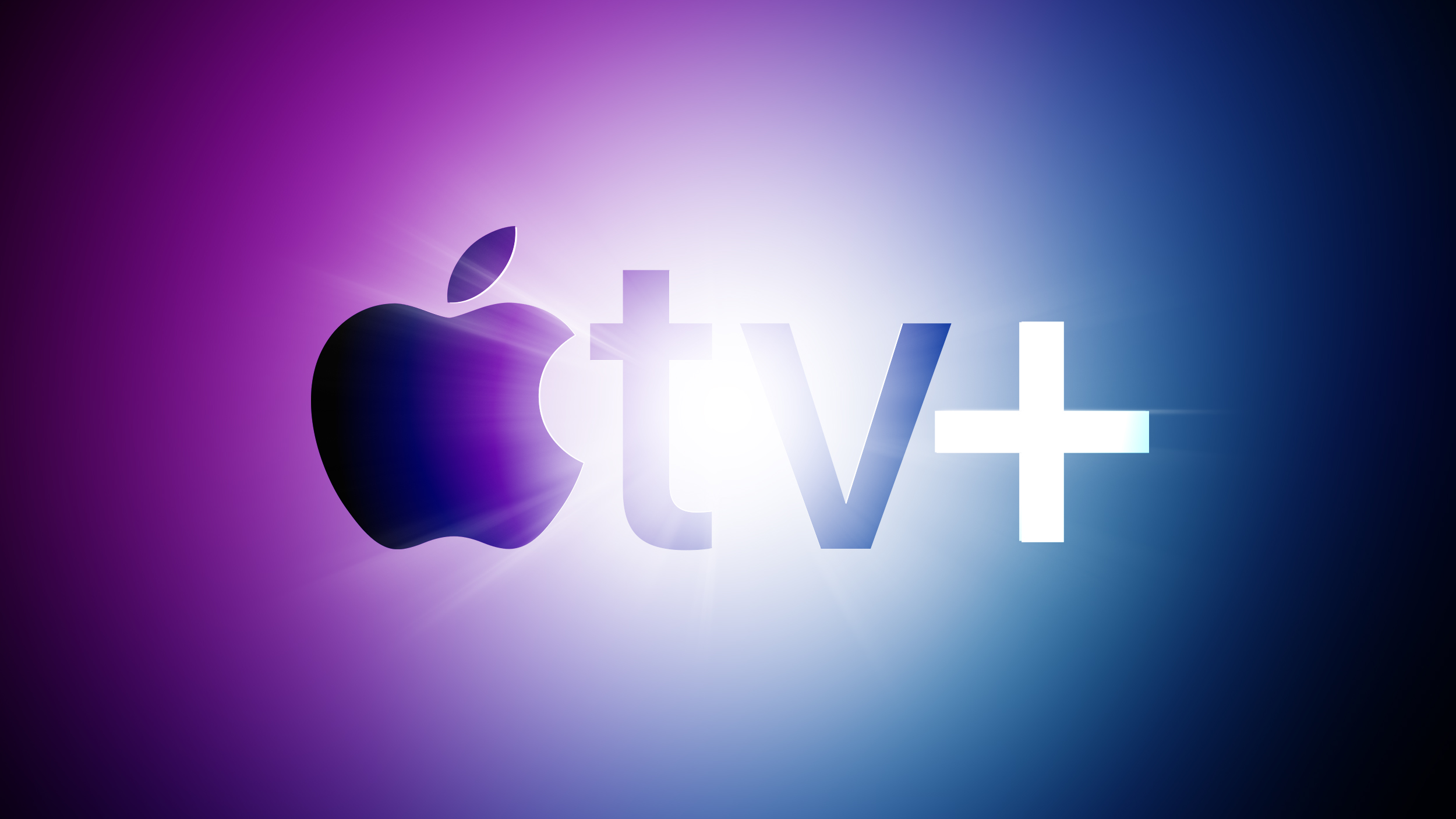
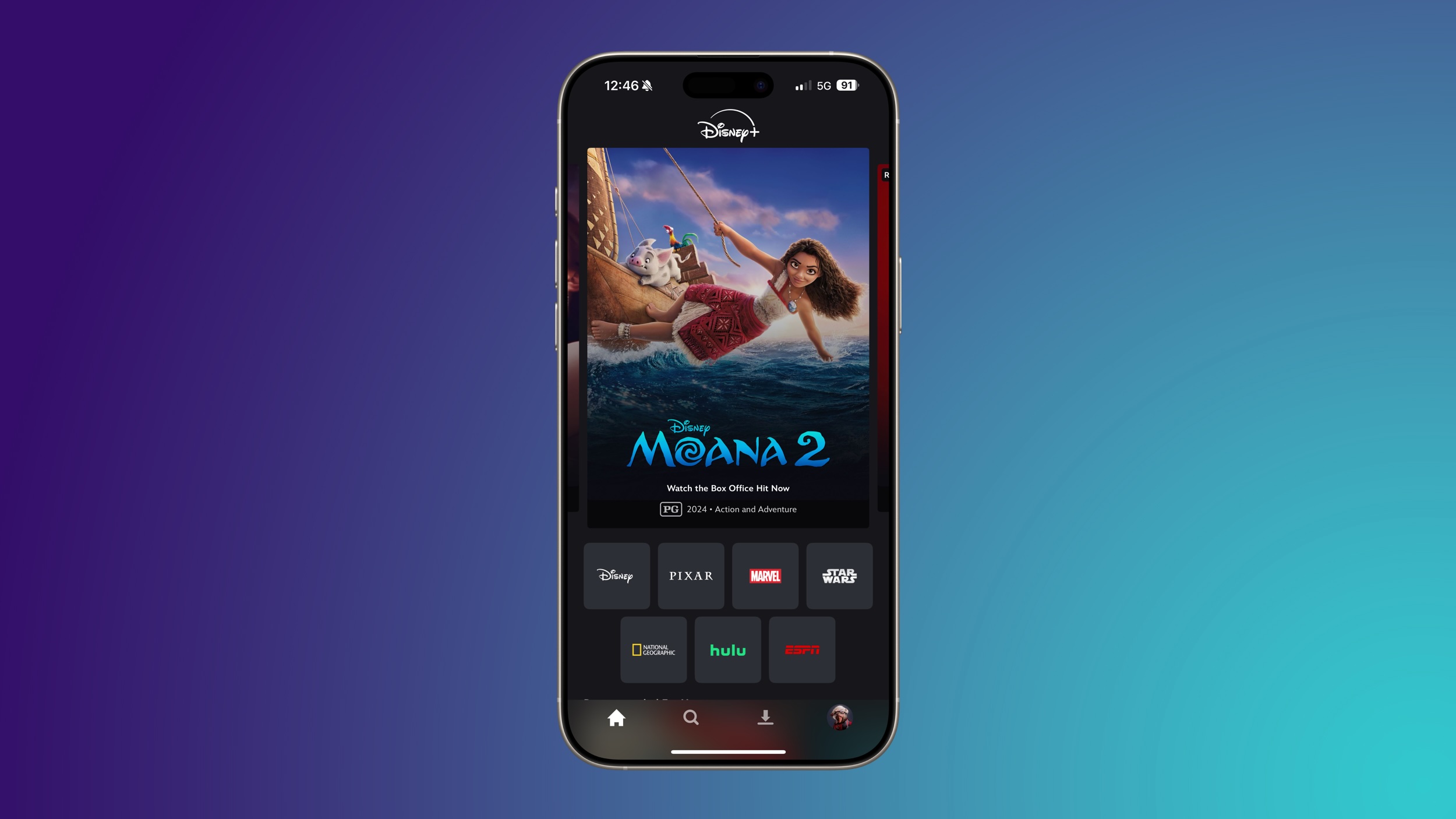 Note: MacRumors is an affiliate partner with Disney+. When you click a link and make a purchase, we may receive a small payment, which helps us keep the site running.
Note: MacRumors is an affiliate partner with Disney+. When you click a link and make a purchase, we may receive a small payment, which helps us keep the site running.


 Meta Ray-Bans without an in-lens display
Meta Ray-Bans without an in-lens display
